Drone Technology and Applications
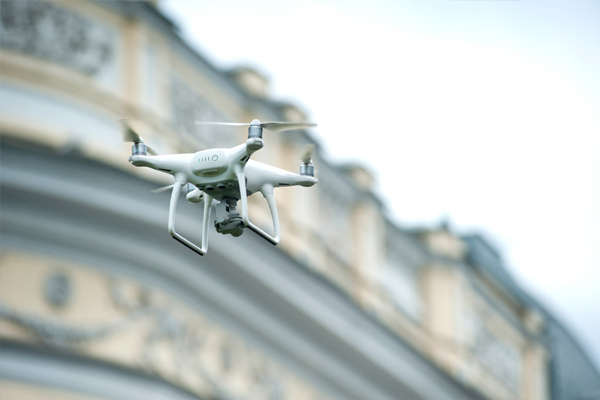
Drones, or Unmanned Aerial Vehicles (UAVs), have been on the rise in the last few years across commercial, personal and governmental sectors. They come in a wide variety of sizes, but the most common ones the public will be used to seeing are VTOLs, or ‘Vertical Take-Off and Landing’ drones. These are the ones you might see whizzing around above a park or other public spaces, with cameras attached underneath for photography or film-recording. But drones do much more than that.
Applications
While the drone industry appears to have only really taken off in the last two decades, its roots date back to the early 1900s when the US and France worked on developing automatic, unmanned airplanes. Since then, drones have become incredibly advanced robotic creations used in a wide range of industries and markets, from military defence to agricultural maintenance, and research to recreational photography and film making. The current market, including military UAV uses, is now estimated to be worth €17.51billion ($20.71billion).
Military
One of the largest use for drones is in defence, where they are predominantly used for surveillance and research purposes. 86 countries have reportedly utilized military robots for experiments due to the reduction of losses that can be achieved through using drones, as well as their ability to execute high profile and time-sensitive missions. Other military drones, such as the US’s UUVRON 1, are used for detecting and investigating suspected naval mines and other objects of interest in the ocean or on the ocean floor.
According to a recent report by Goldman Sachs, military spending on drones has been estimated to reach $70billion by 2020. These drones will play a vital role in the replacement of human pilots on dangerous missions and will aid the resolution of future conflicts.
Commercial
After the military, commercial drones are the second largest market for this technology. While the commercial drone industry is still young, it is steadily gaining momentum, with the potential for sophisticated drones to do everyday tasks like fertilising crop fields on an automated basis to monitoring traffic and surveying hard-to-reach places. According to a report by DroneDeploy, there has been a whopping 239% increase year-over-year in the construction industry, with the mining industry following with a 198% increase.
The use of drones has also risen in the delivery industry, with the Chinese company ele.me – owned by Alibaba – delivering food over a 22 square-mile industrial park in Shanghai to the people living and working there. The service isn’t door to door yet, but drone-point to drone-point instead, where delivery drivers can drop off and collect food. They are cutting delivery times, which in turn is helping reduce the carbon emissions from drivers, and ensuring food is still warm upon delivery. After more developments in the industry, drones could even be delivering your pizza straight to your door.
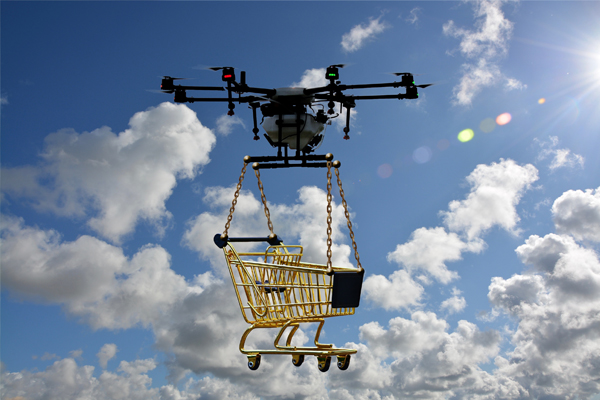
Gaming
The gaming industry has been using drones for the 3D mapping of areas such as racing tracks around the world. This allows them to create a more immersive, realistic environment that mimics the famous tracks that players want to race on, from Formula One to MotoGP.
Personal
With the rise in popularity of personal film making and ‘vlogging’ (video blogging), drones are also being employed for more personal uses. Not only are they being used for personal and amateur film-making, but drones are also being employed for personal photography, such as aerial shots and landscape photographs. A reported 2.4 million personal drones were sold in the U.S. alone in 2016, more than double the 1.1 million sold the previous year.
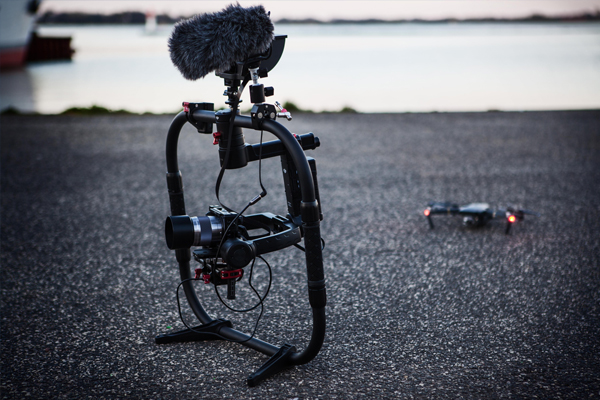
Law Enforcement
In recent years, drones have started to be used in law enforcement to aid in sensitive missions such as assisting missing persons searches, gathering images from traffic collisions and crime scenes, and taking part in woodland and coastal searches to combat wildlife crime. They’ve even helped to cut overall crime by 10% in Ensenada, Mexico. The use of thermal imaging and zoom cameras on models, such as DJI’s Inspire drone, make them the perfect law enforcement companions for urgent, time-sensitive missions. In France, meanwhile, drones have been used by traffic cops to catch speeding drivers.
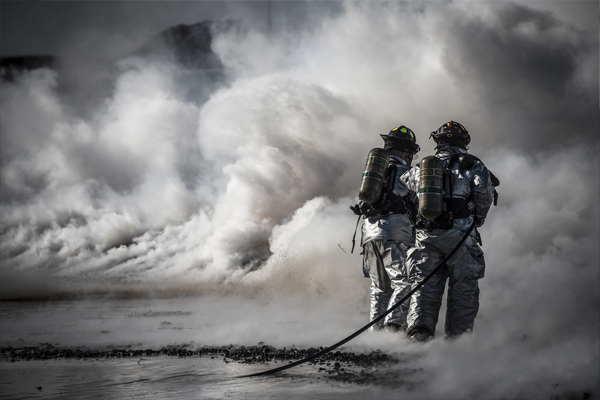
Emergency Services
Further proving their use in emergency situations, drones have been responsible for saving several lives in natural disasters and emergencies. For example, drones recently helped rescue teams to save a resident on the island of Hawaii from an oncoming lava flow following the recent volcanic eruption. In Australia, a drone that was being used in a testing simulator turned into a real-life rescue when it saved two swimmers caught in 10-foot swells off the coast of New South Wales.
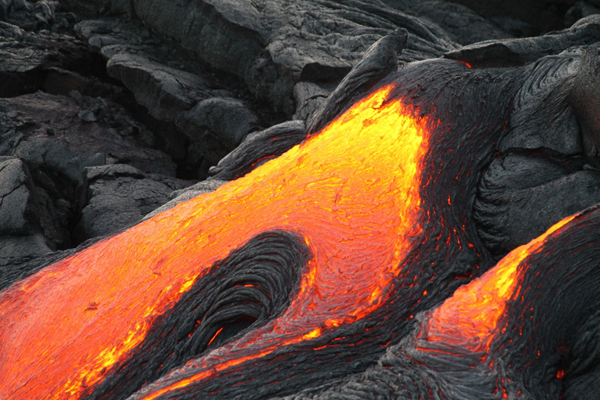
Research
Drones have also been responsible for many discoveries over the years, from ‘new’ Nazca lines in the Peruvian desert to the wreck of the HMS Titanic. In fact, underwater drones have many applications in research and surveillance. They have been deployed to monitor ocean activity from plankton mating patterns to the migration of whale pods and have been used to reach some of the most remote areas of the ocean, including beneath Antarctica’s ice shelves.
The Future
The future is full of potential for the drone industry, with competition likely to increase to produce the best new tech, despite the predicted plateau drones will hit in terms of innovation. We’ve seen it happen with PCs, smartphones and MP3 players, and many predict the same will happen with commercial drones. More interest may indeed lie in perfecting the software rather than the physical drone, with speed, capabilities and price-to-feature ratios coming under fire from consumer demand.
With drones being developed to assist us in more areas of life, what would you want them to be able to do?
To find out more about our products or to discuss your project requirements, please chat online, e-mail or call us.
